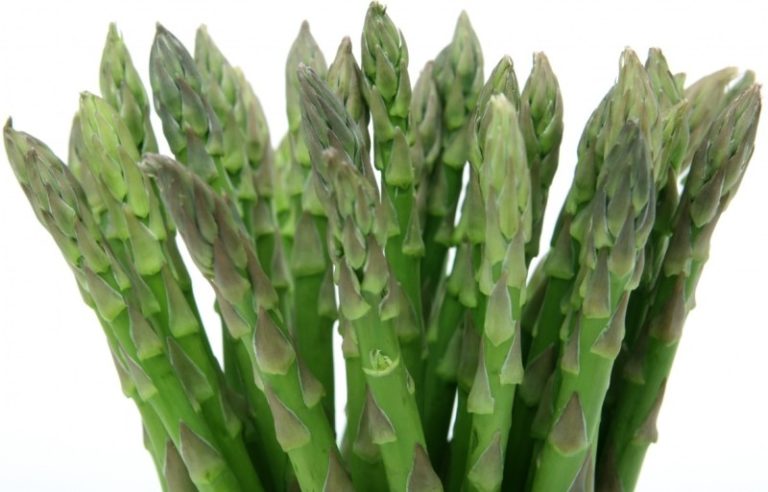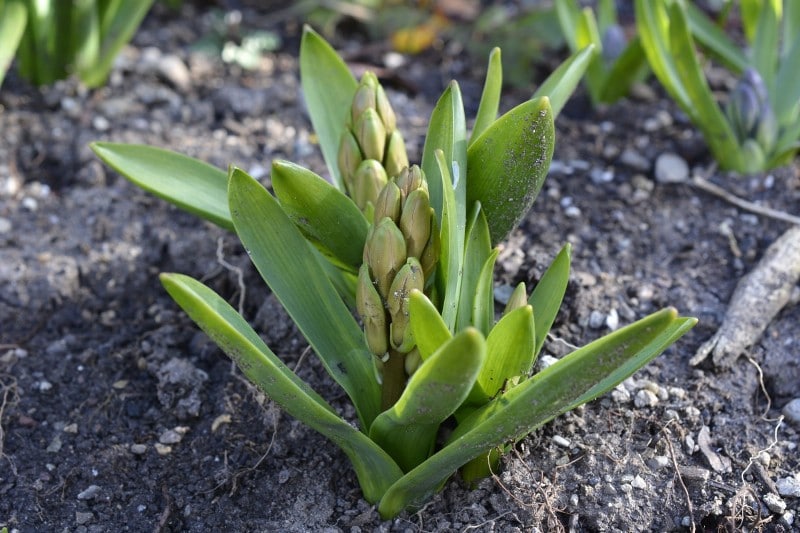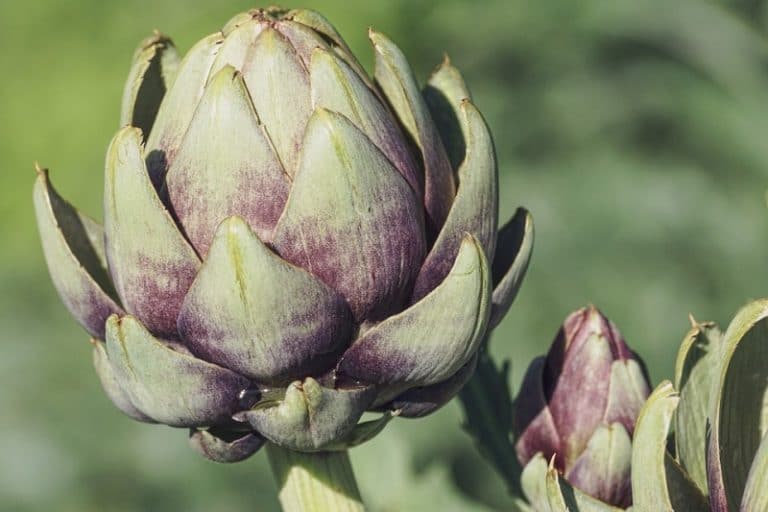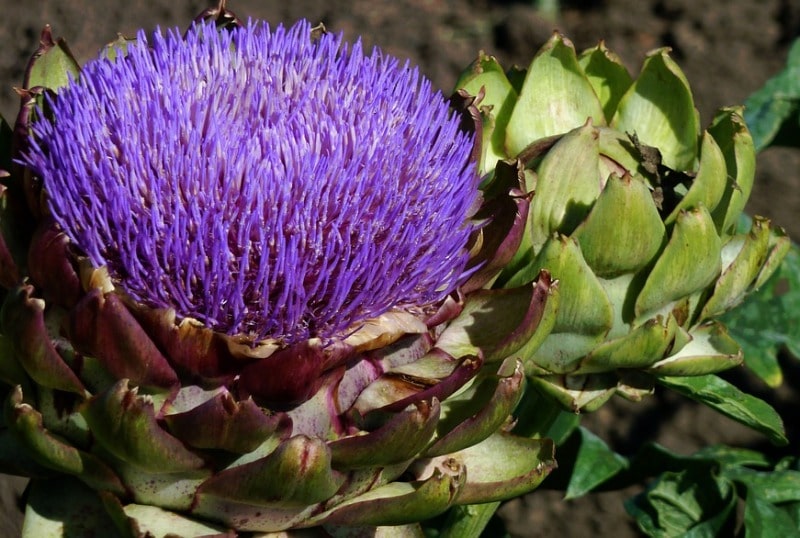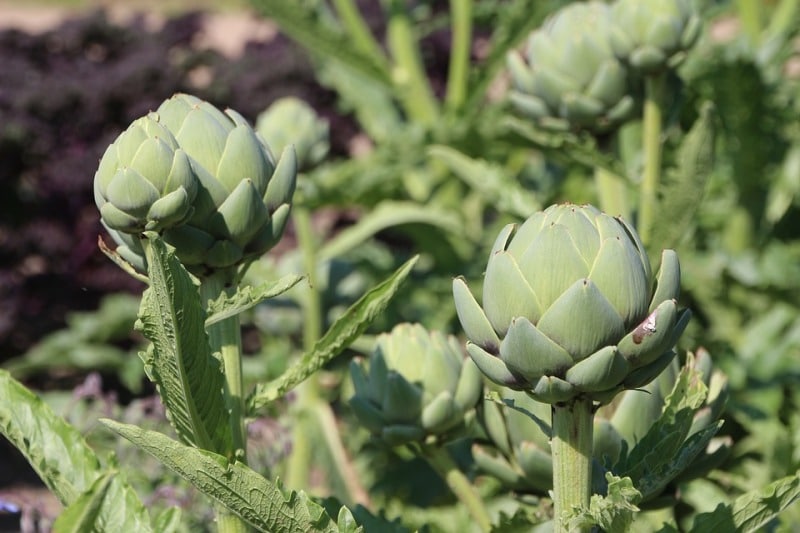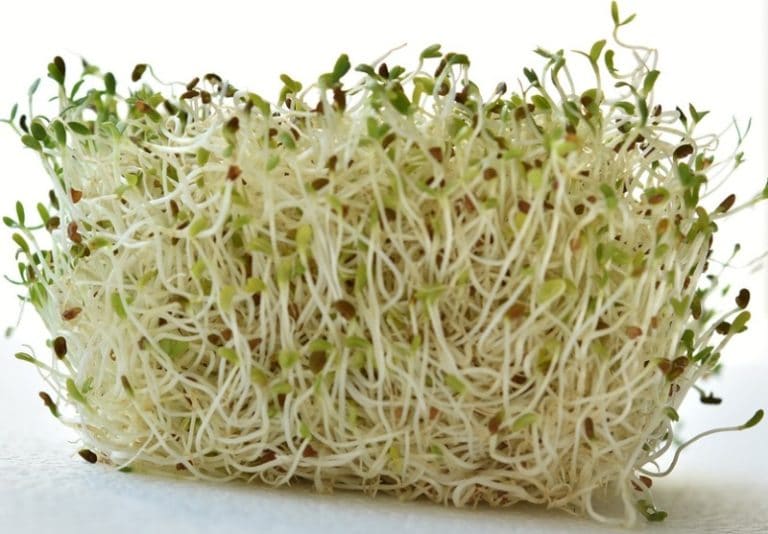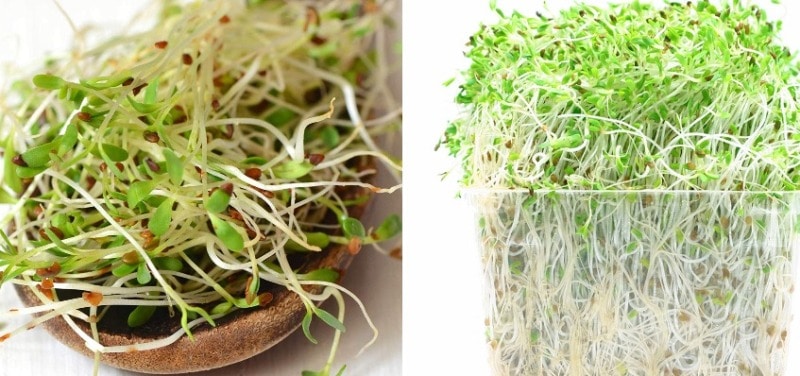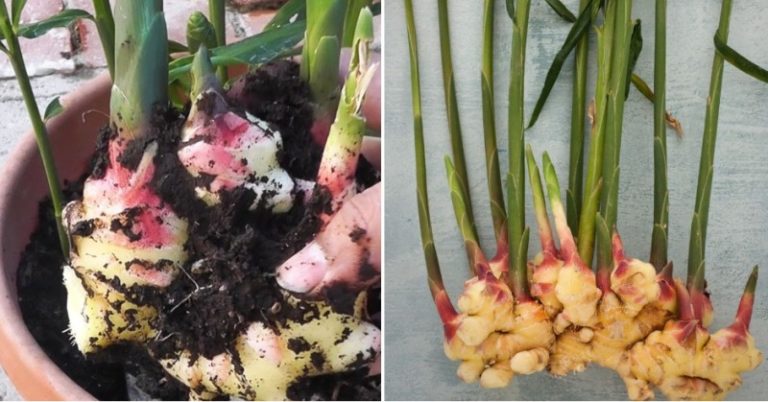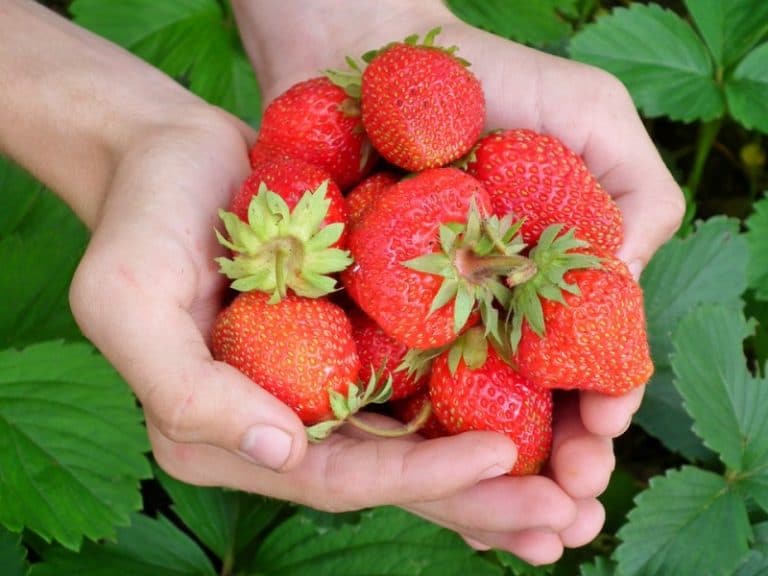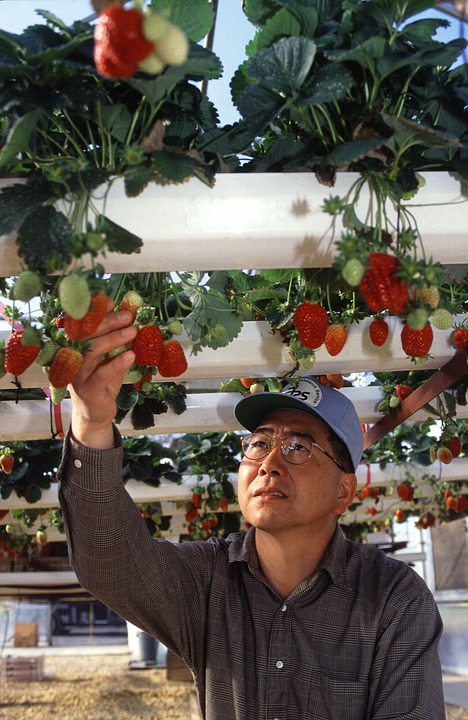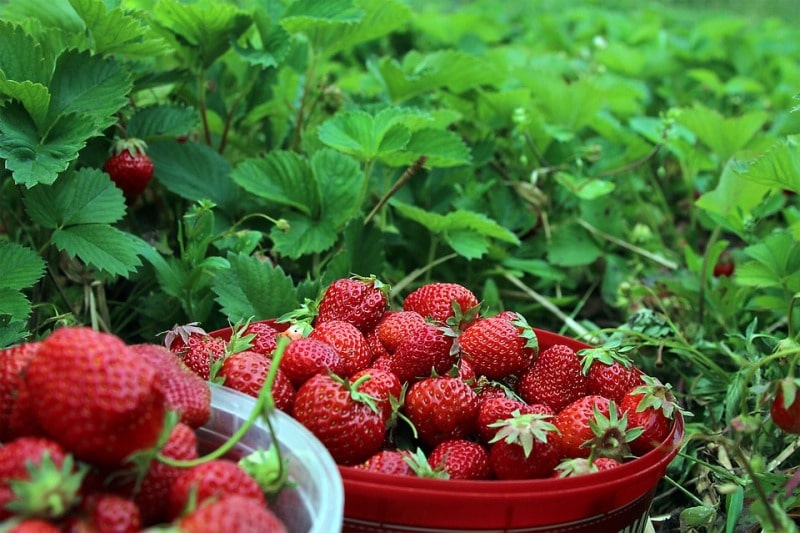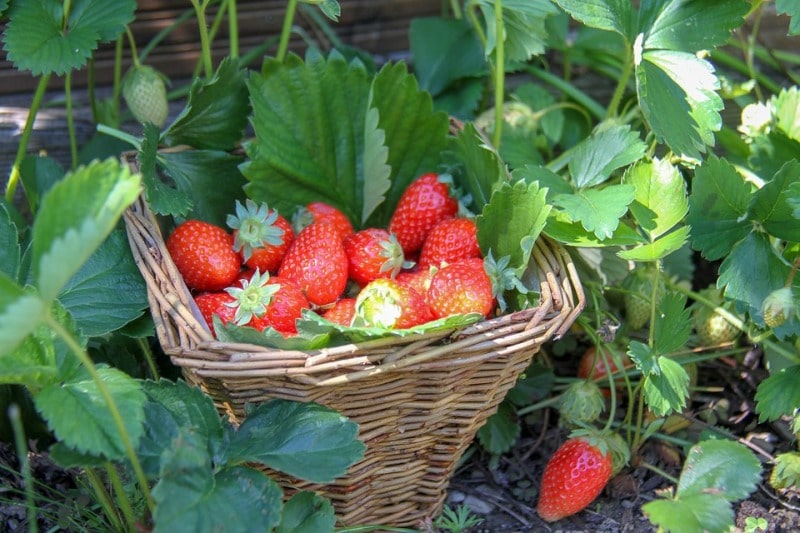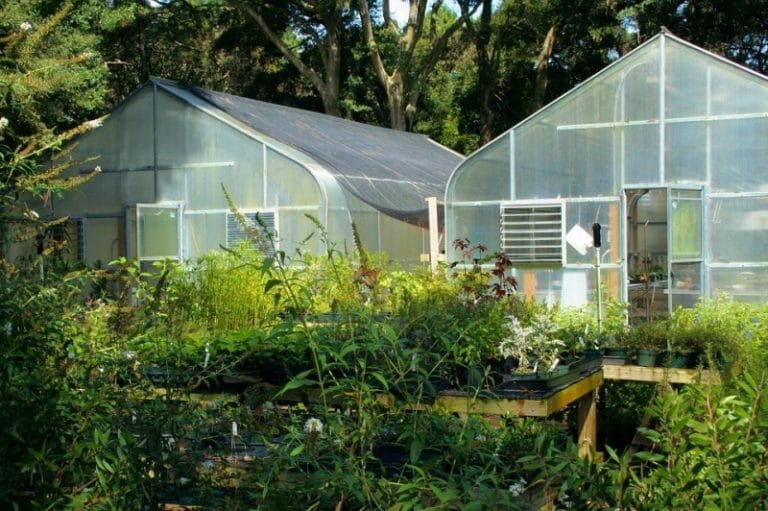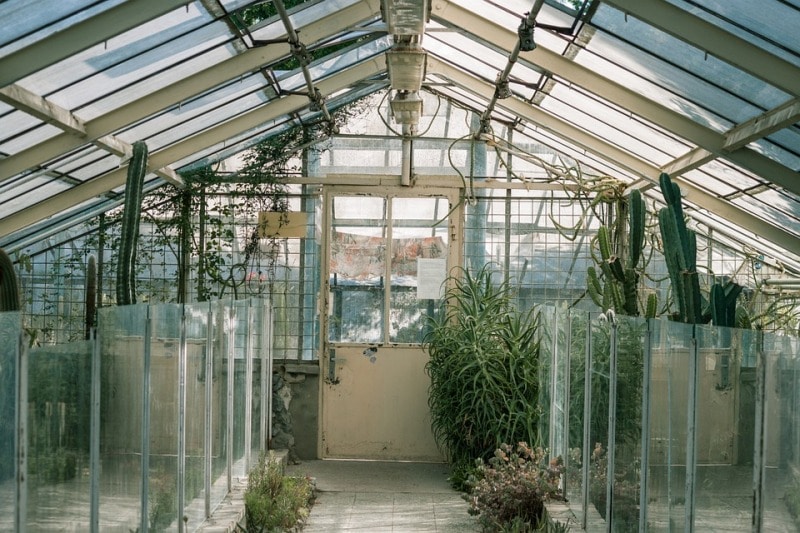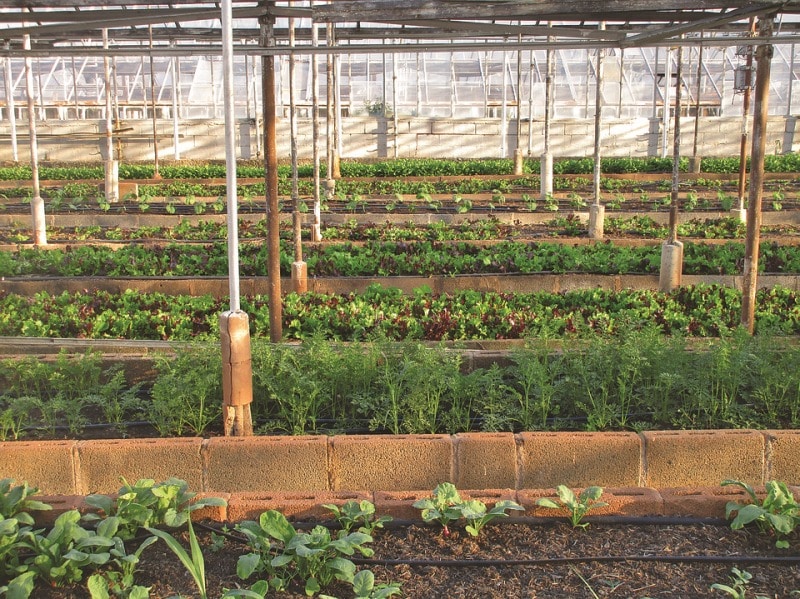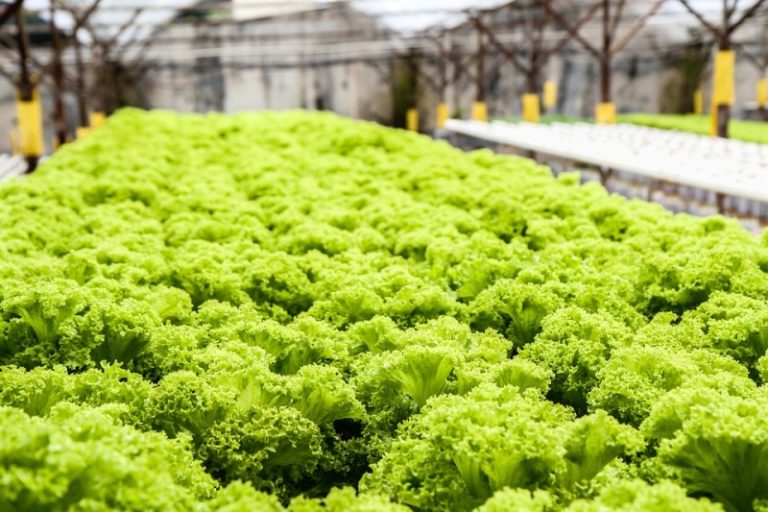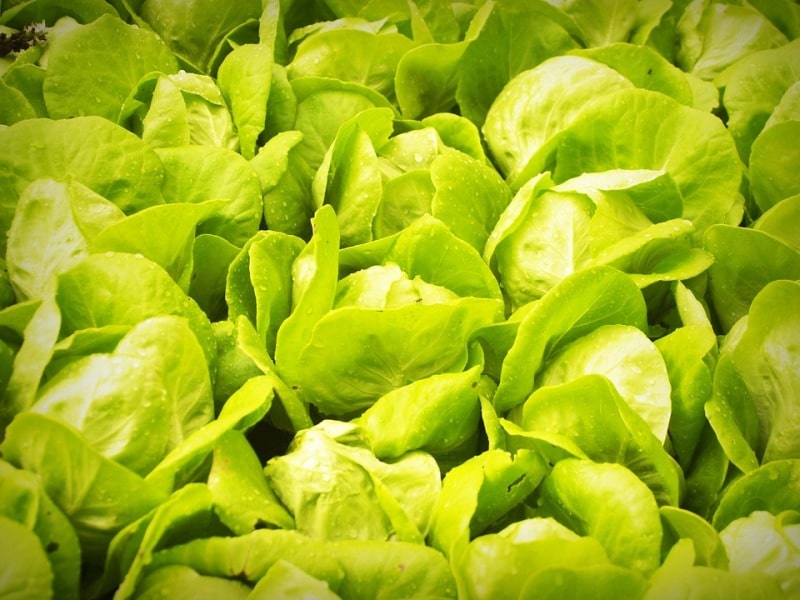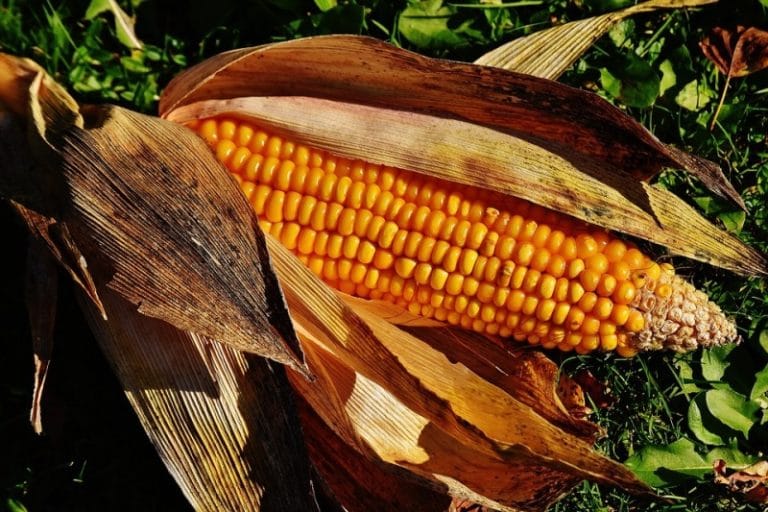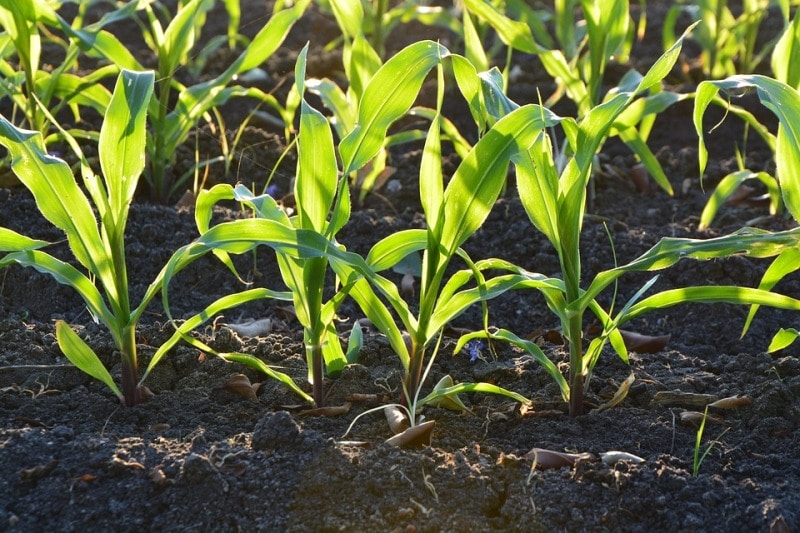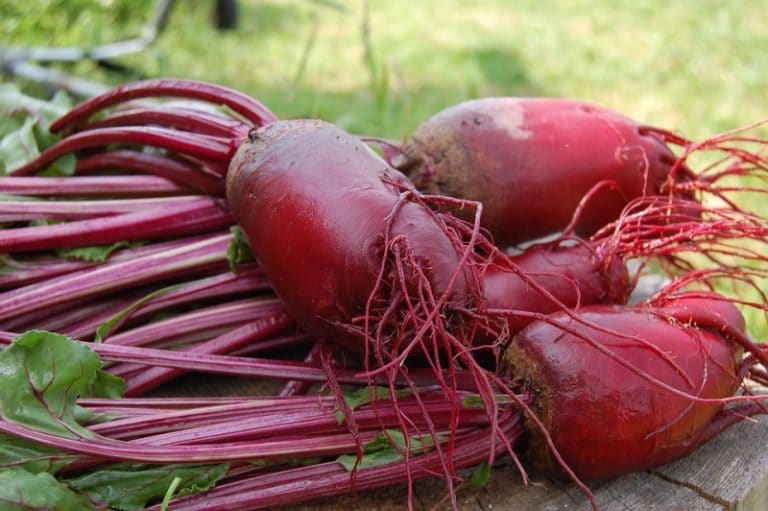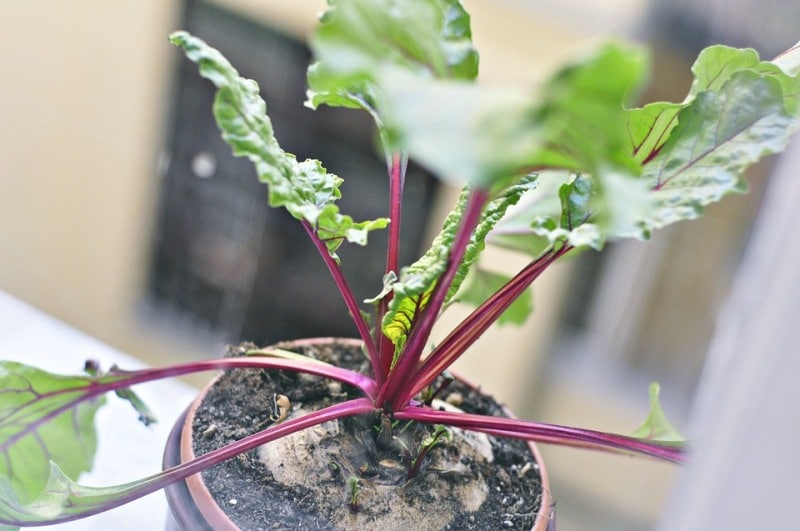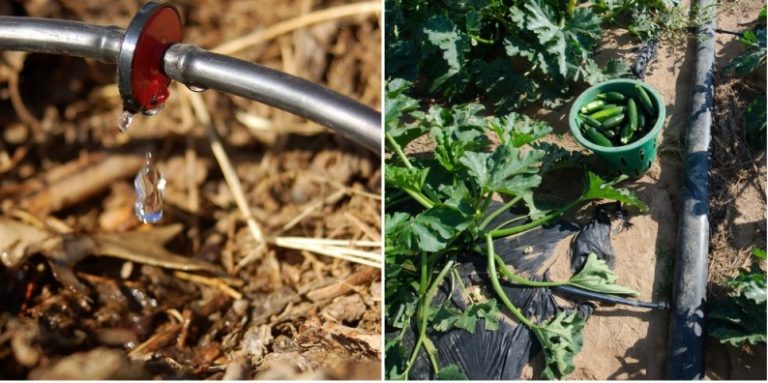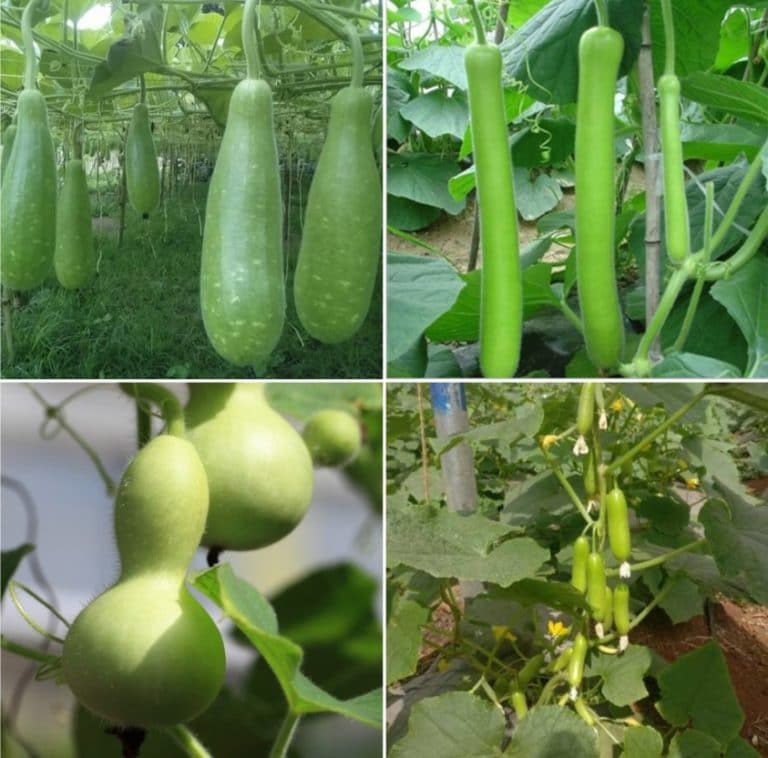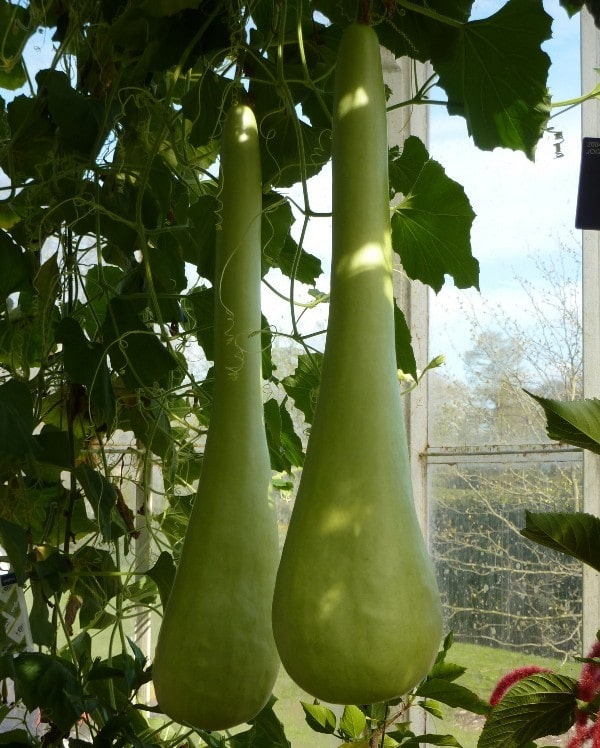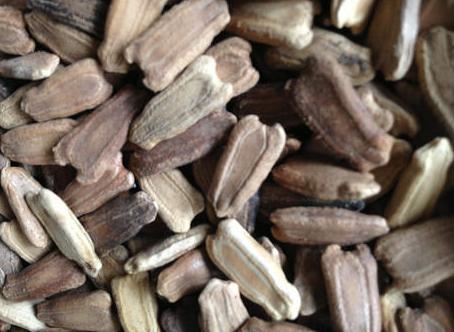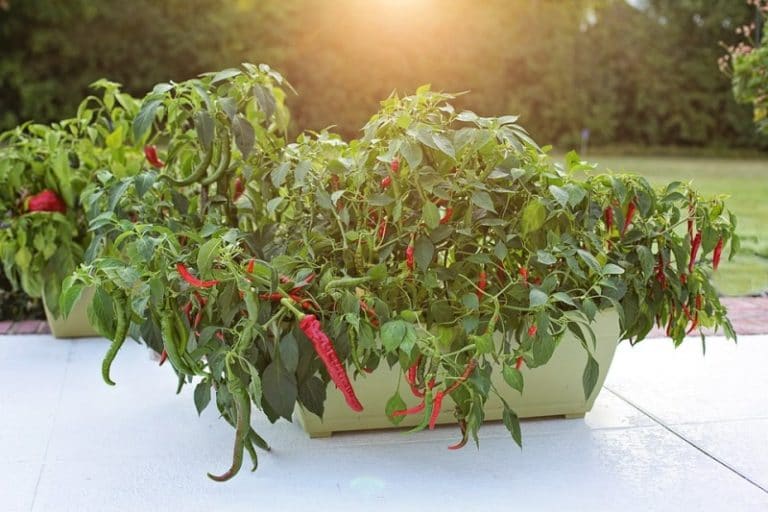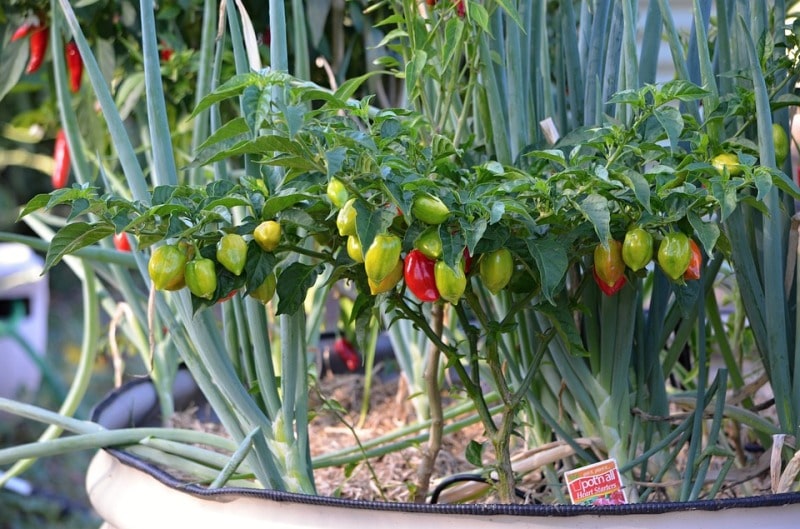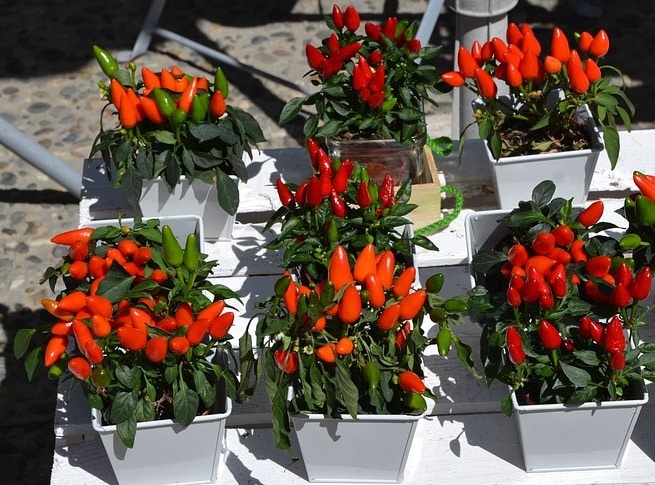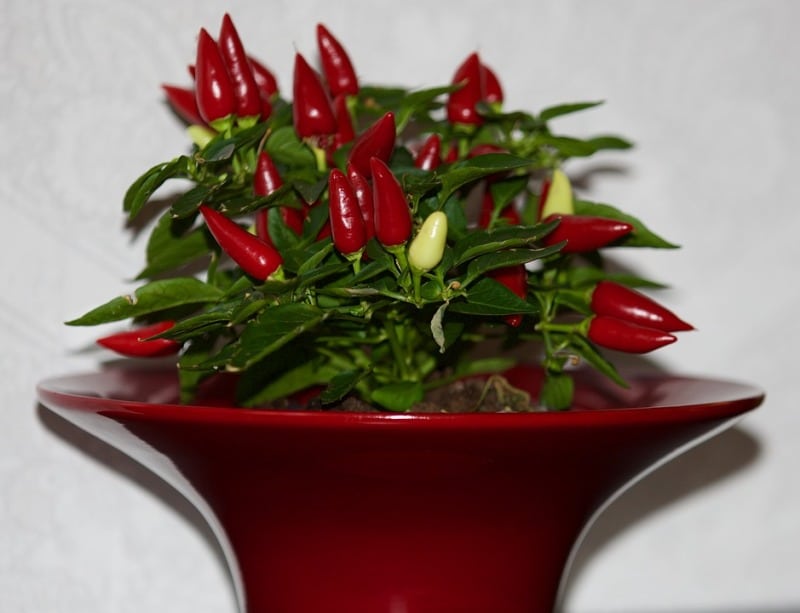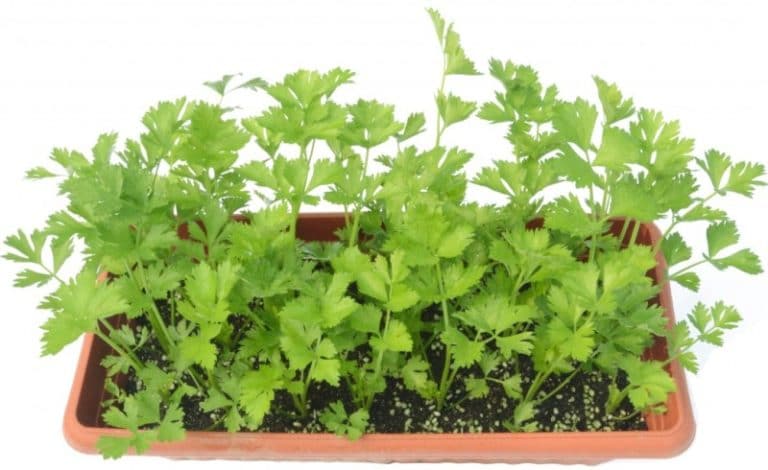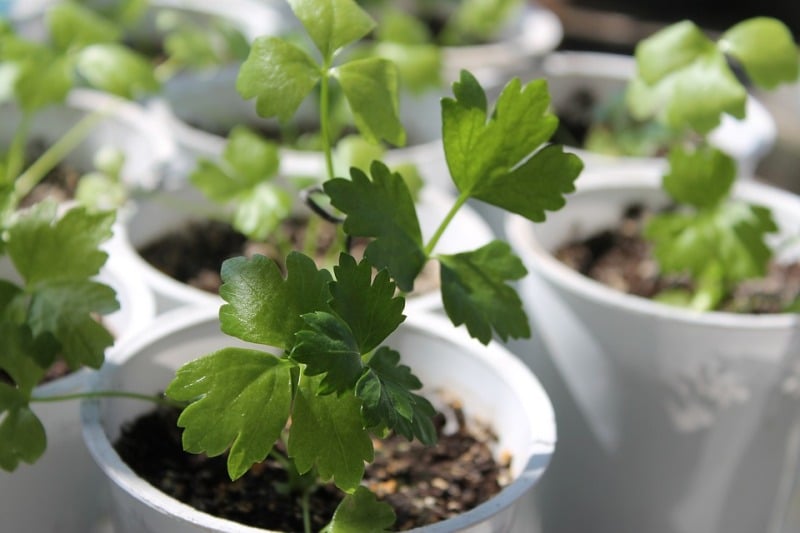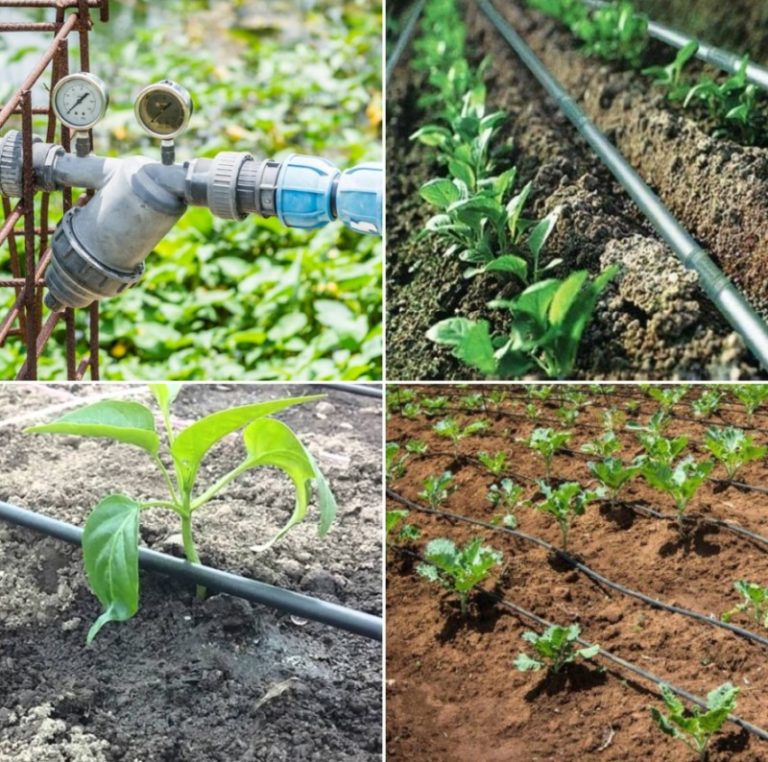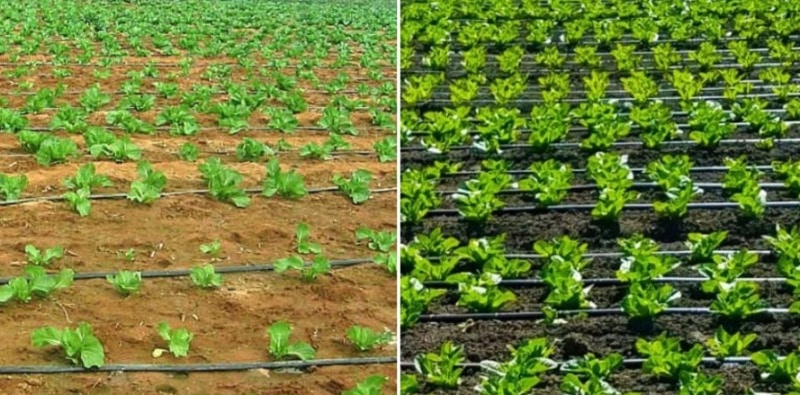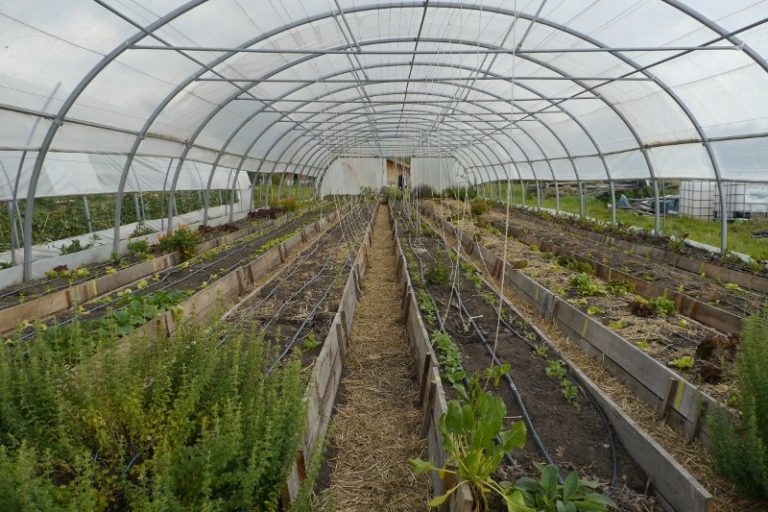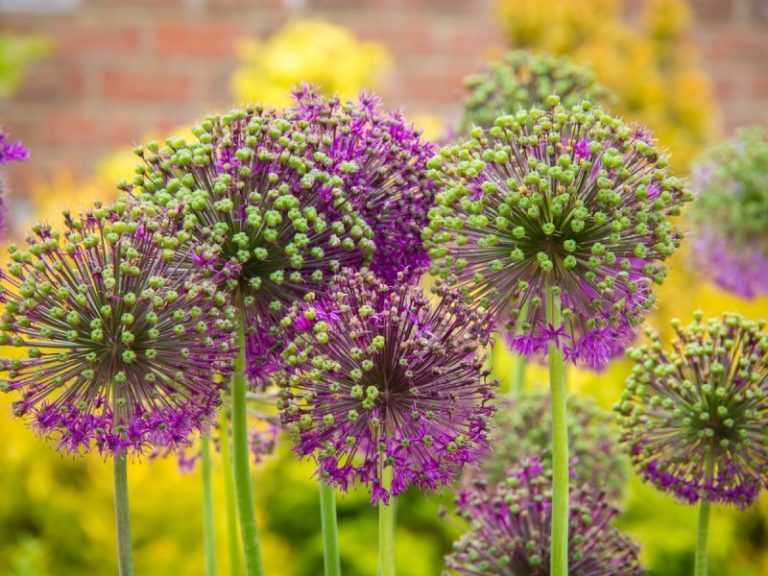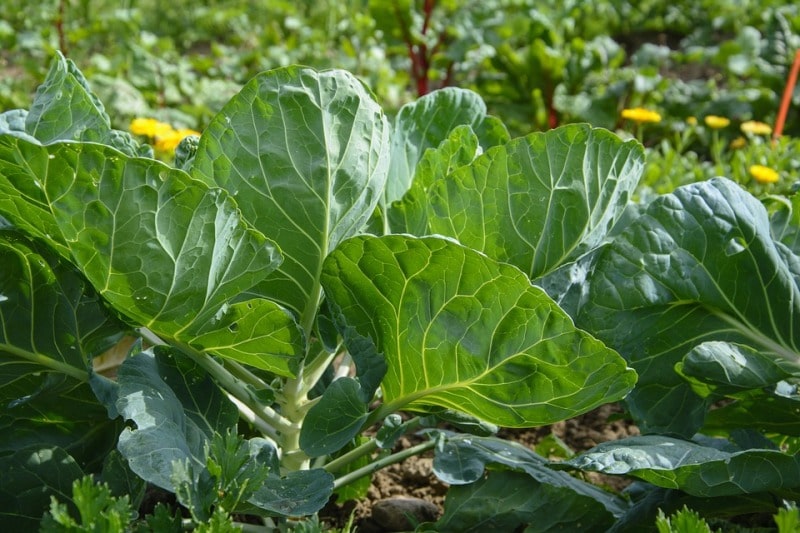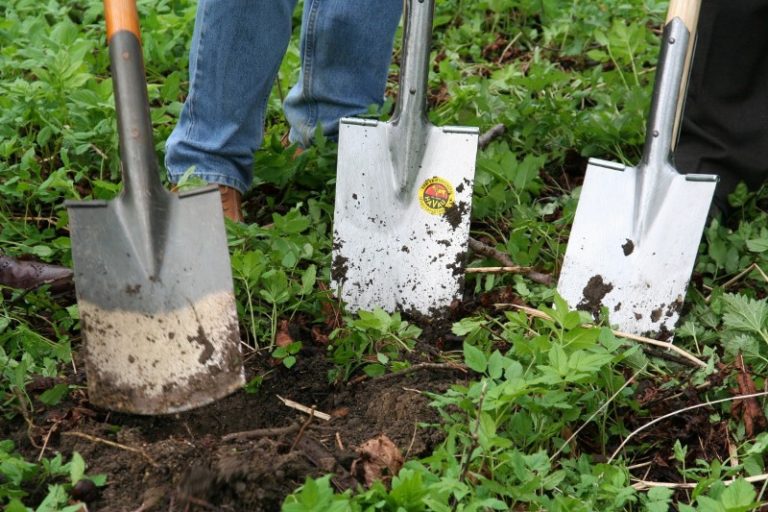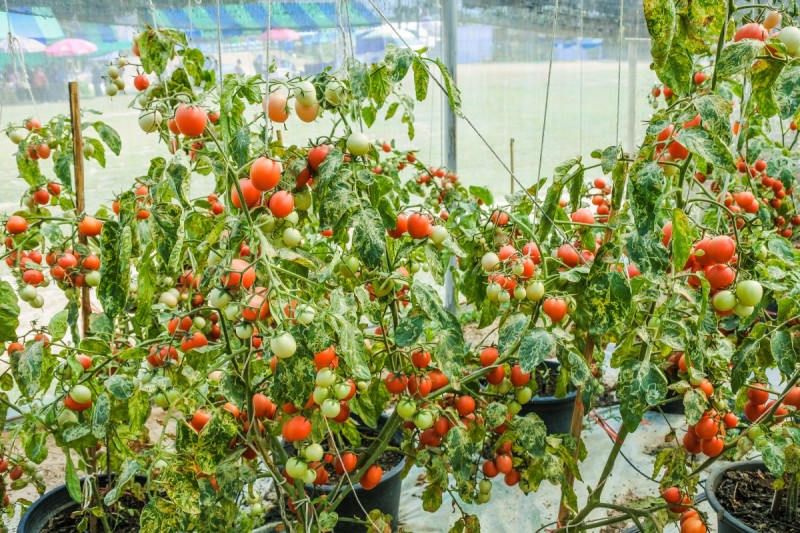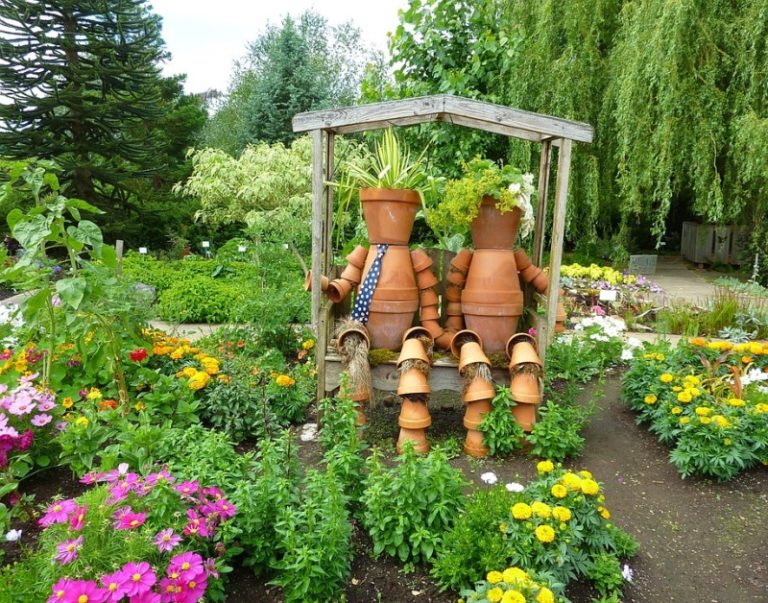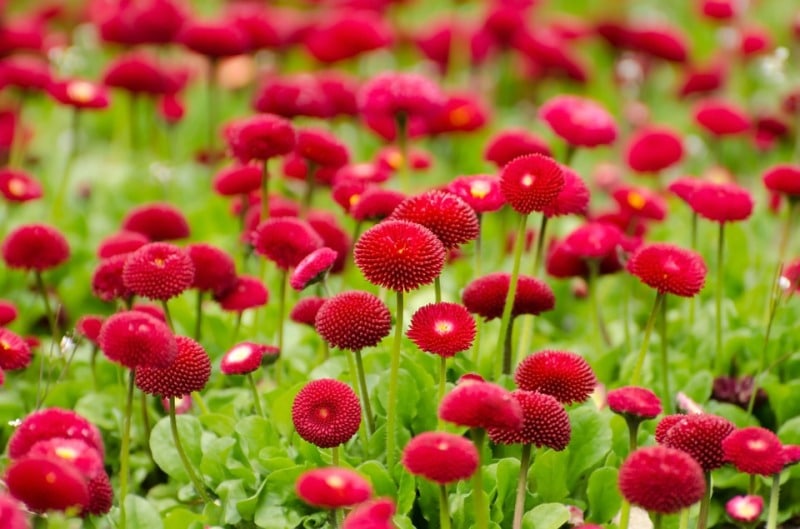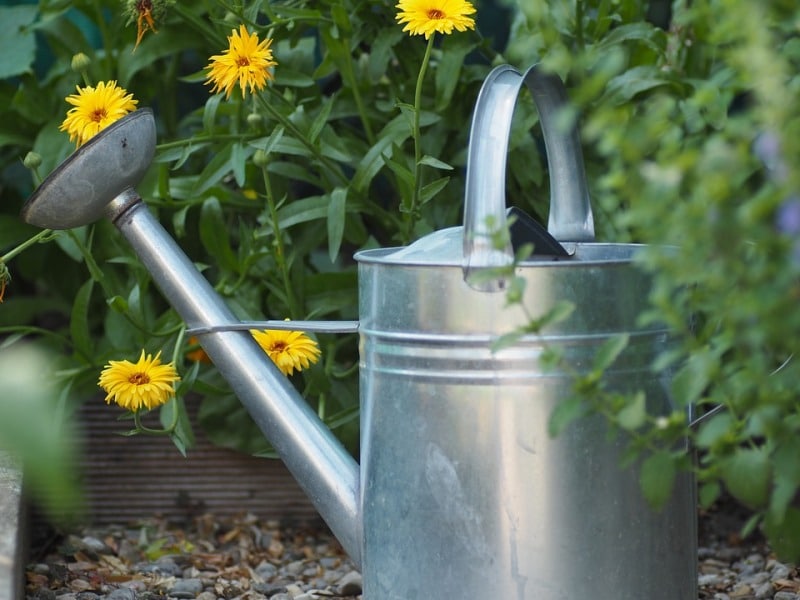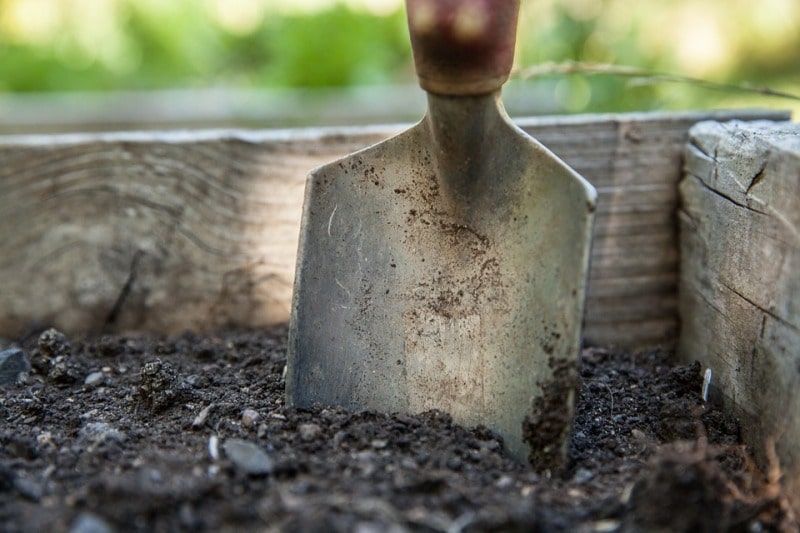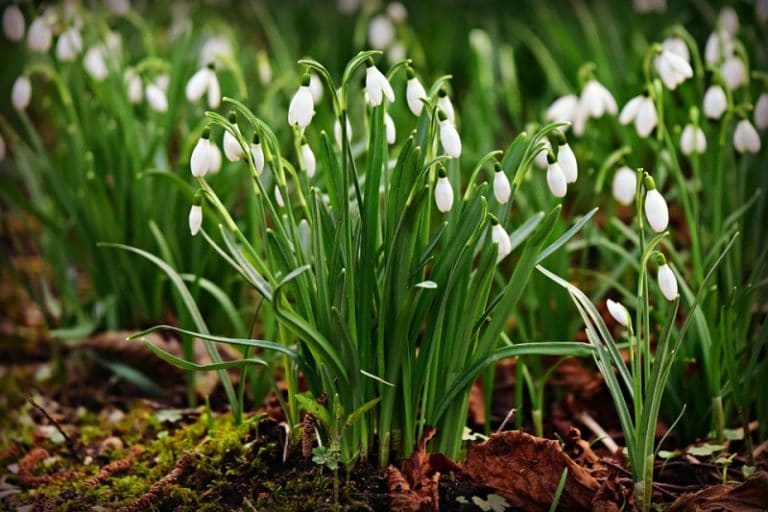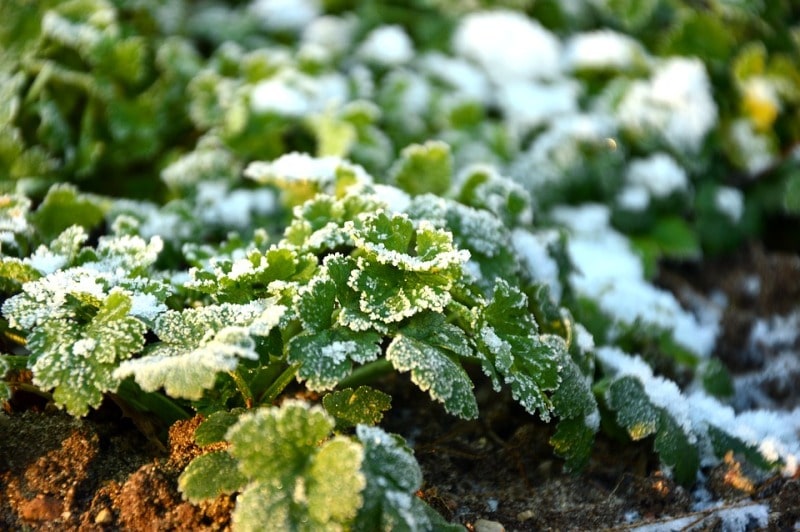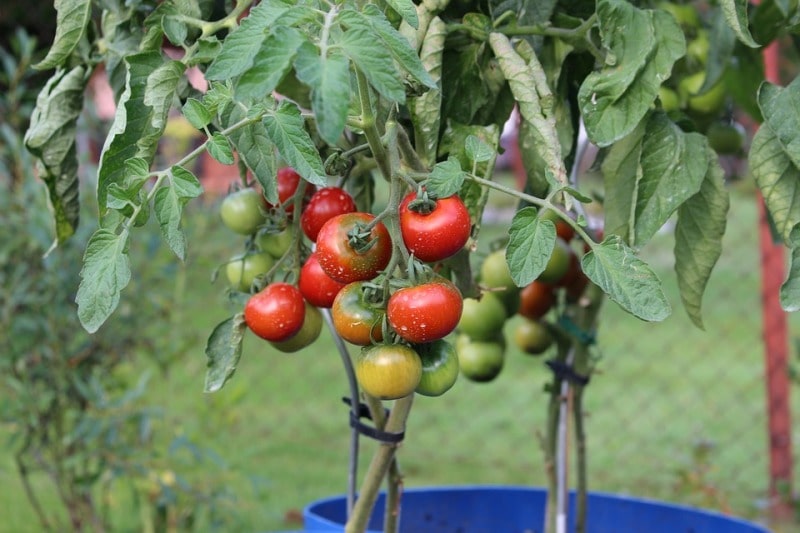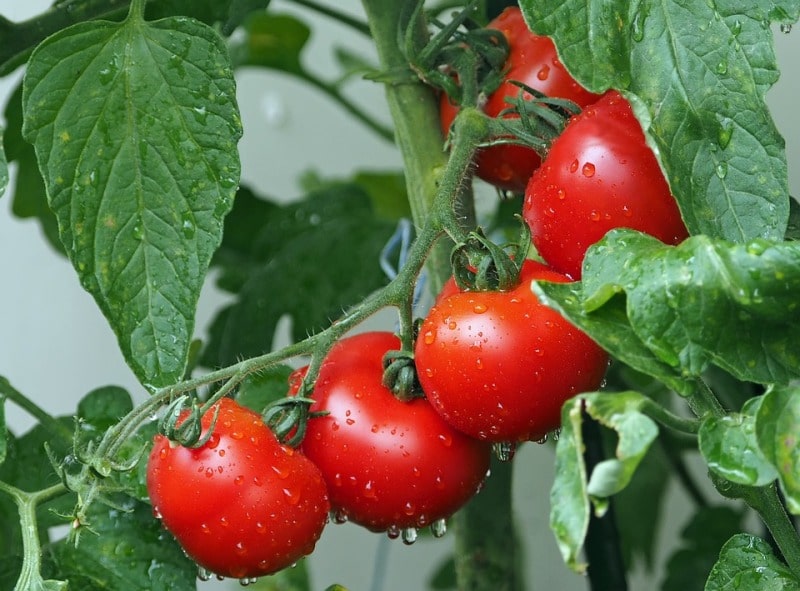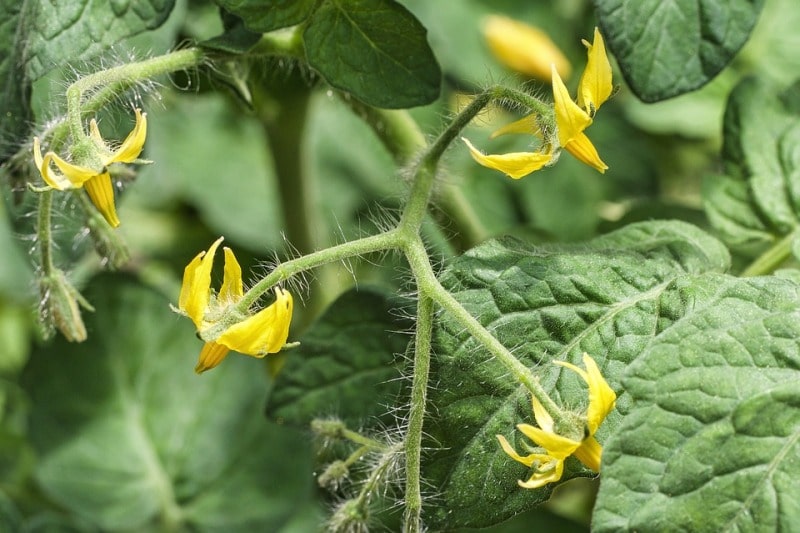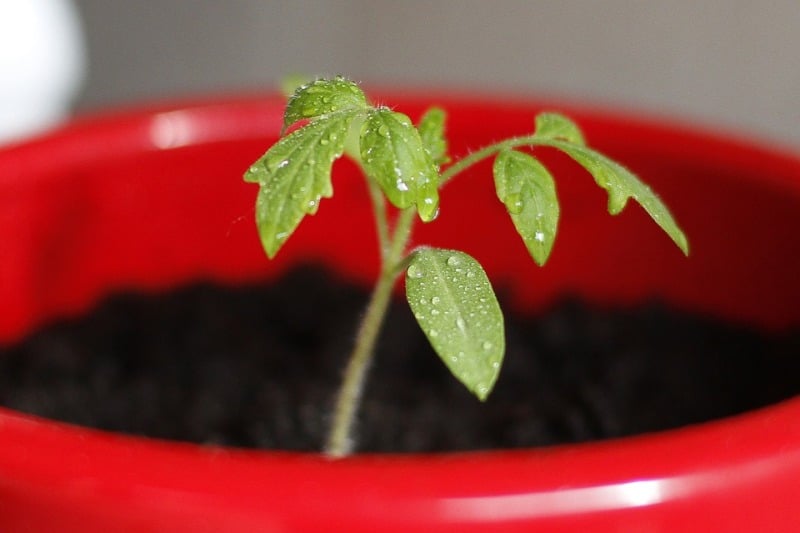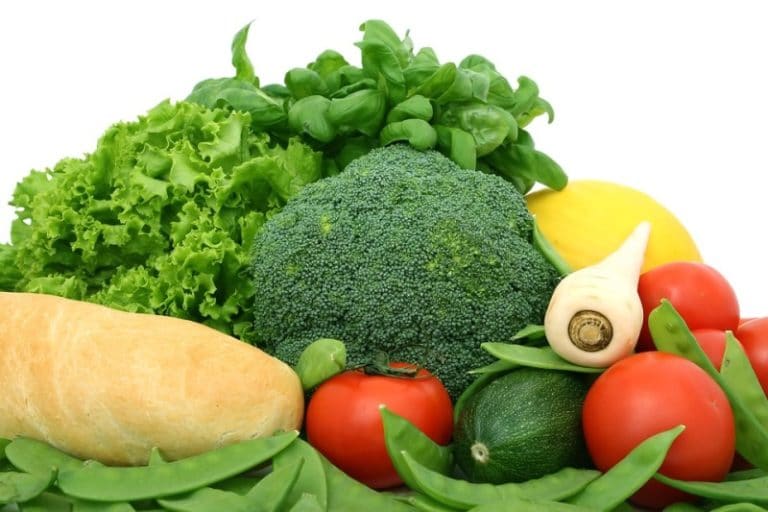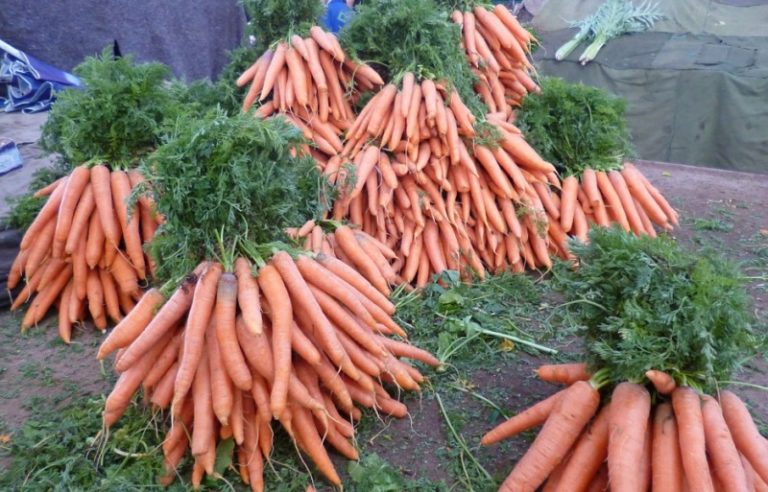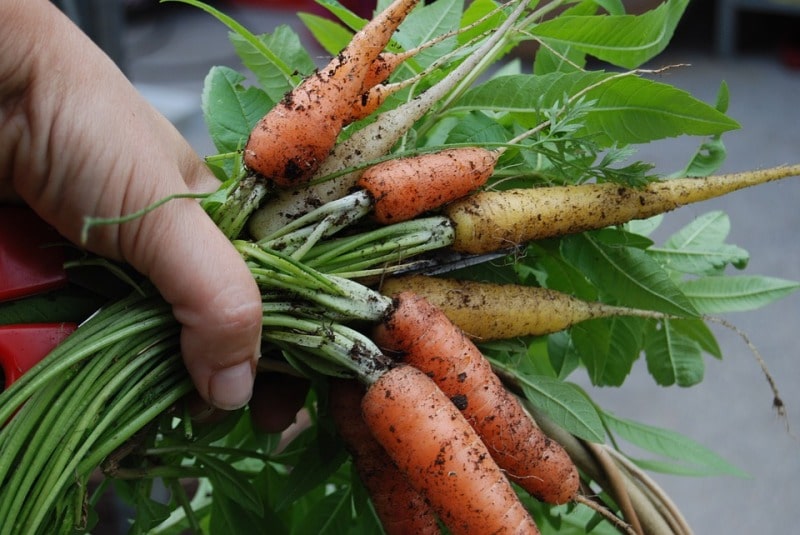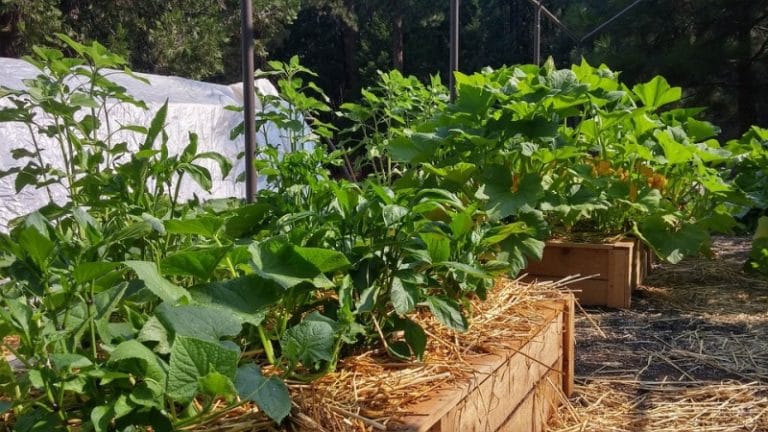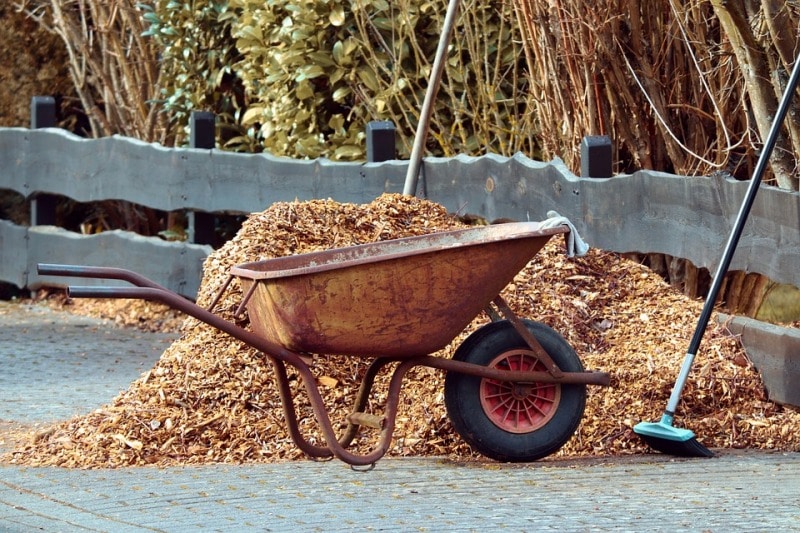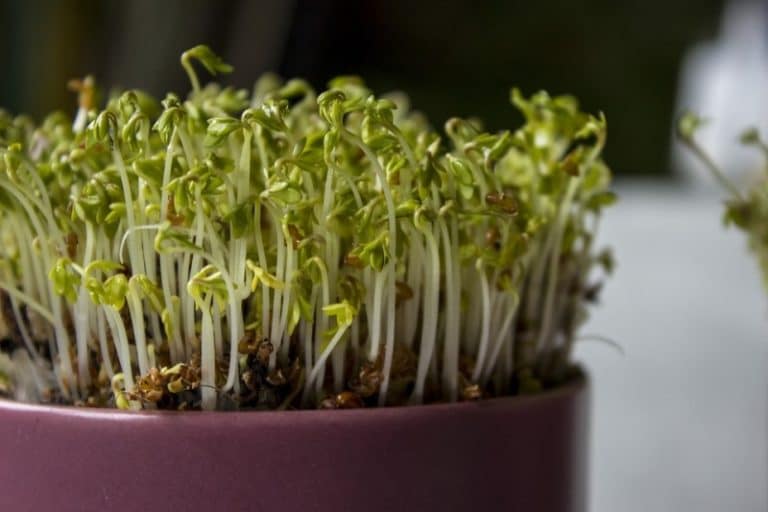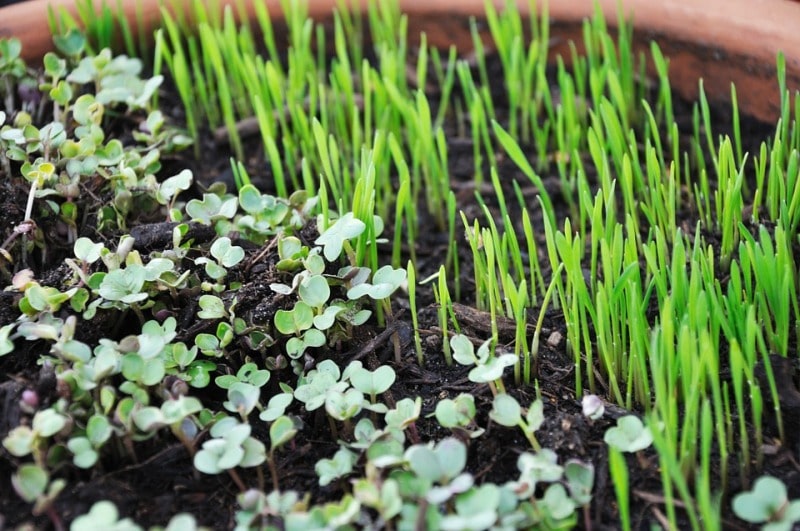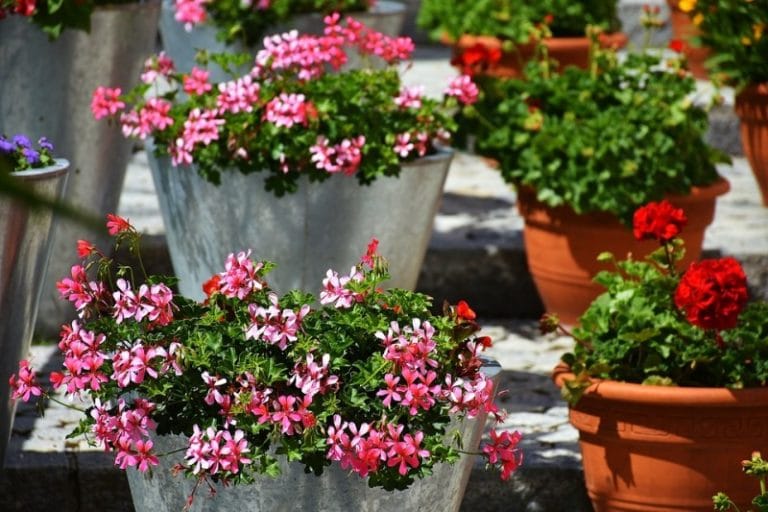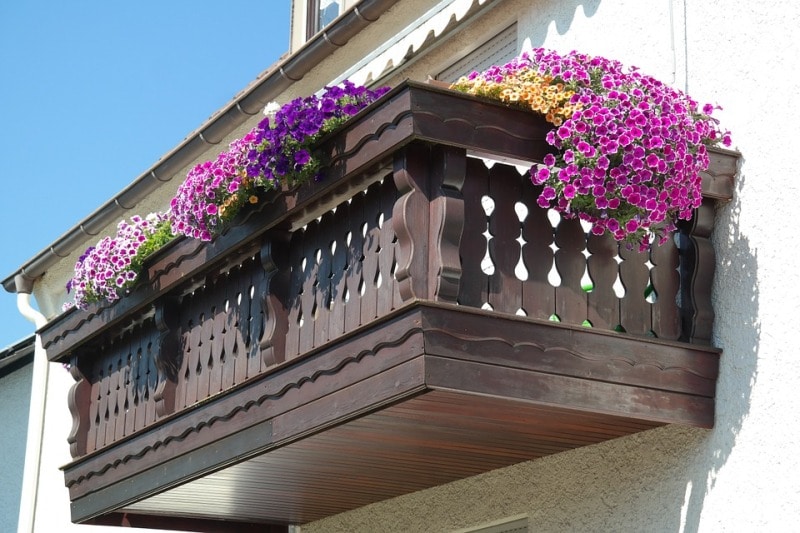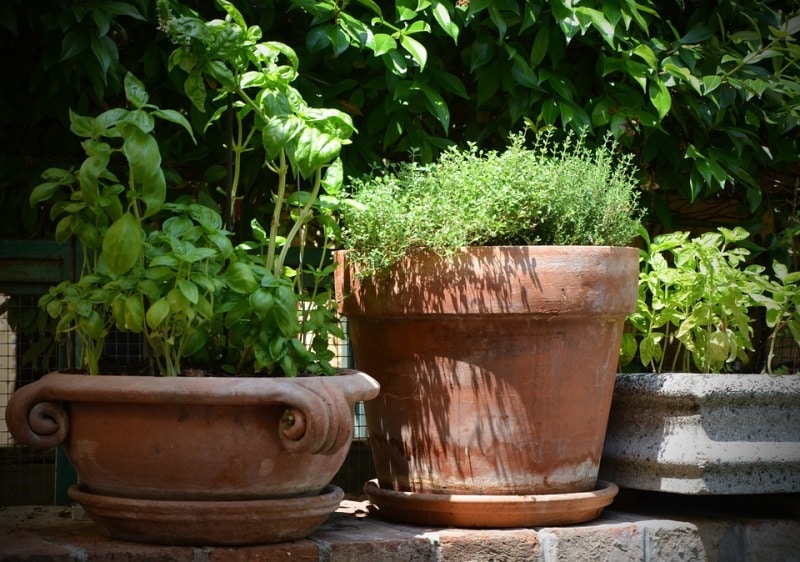Rose Classification and Species
Today, we discuss Rose classification and Rose plant species. Classification of Roses:Rose plant is one of the most favorite plants in the world. There are totally 100 different species of roses in the world. The rose is a kind of flowering shrub. The rose name comes from the Latin word Rosa. The flowers of the rose develop in many different colors, from the well-known red rose or yellow roses and sometimes white or purple color roses. Roses belong to the family called Rosaceae.
The flower of the rose plant could be of different sizes. It could be as small as 1/2 inch across to a diameter of almost 7 inches. And, roses can be used for a good scent. The scent of the rose comes from tiny perfume glands on the rose petals, which can be seen through a powerful microscope. Sometimes rose petals are dried and packed so using them for decoration. Rose plants can be seen very much in gardens.
The rose is a woody perennial that was initially from China but is now growing across the world. Rose is characterized by a wide range of colors and sizes. Roses are multi-petal flowers obtainable in an array of colors. Some varieties are recognized for their prickles along the stems of the plant, which are used to deter predators. Many species are now cultivated, although there are still varieties that develop in the wild.
Roses want to be fed regularly and the amount of feeding will depend on the kind of soil they are planted in. When to start pruning roses? Pruning is also important and it should be done after between mid-February and mid-March during a sustained frost-free period. Garden roses are predominantly hybrid roses that are developed as ornamental plants in private or public gardens. They are one of the most popular and widely cultivated groups of flowering plants, particularly in temperate climates.
Features of Rose plant
Roses are one of the main popular garden shrubs in the world with both indoor and outdoor appeal. They possess a number of common features that cause growers and gardeners to choose roses for their gardens. This includes the wide range of colors they are obtainable in; the generally large size of the flower, larger than most flowers in temperate regions; the selection of size and shape; the wide selection of species and cultivars that freely hybridize.
Color of flowers
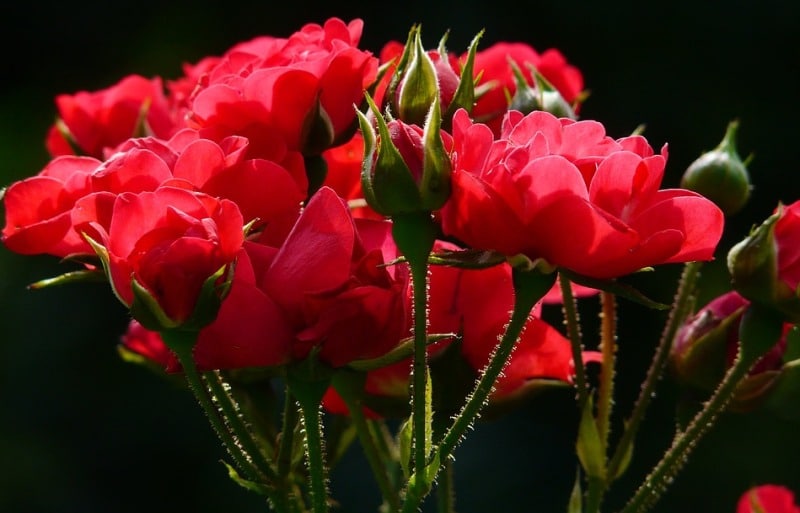
Read: How to Grow Artichokes in Pots.
Rose flowers have historically been cultivated in a diverse number of color varieties in intensity and huge; they are available in countless combinations of colors which result in multicolored flowers. Breeders have been able to widen this range through all the options obtainable with the range of pigments in the species. This gives us the yellow, orange, pink, red, white color and many combinations of these colors. However, they lack the blue pigment that would provide a true purple color or blue color and until the 21st century, all true blue flowers were created using some form of the dye. Now, however, genetic change is introducing the blue pigment. Colors are bred during plant breeding programs which have existed for a long time. These are often bred for new and intriguing color combinations which can fetch premium prices in the market. How many varieties of roses are there? There are totally around 150 species of rose. The cultivars can be divided into species roses, Old garden roses and Modern roses and these into several well-recognized subgroups. For those unfamiliar with roses, the wide variety of roses obtainable can be a bit overwhelming. Now let us look into Rose classification and species.

Classification of Roses
Roses are mainly divided into three categories:
- Species Roses
- Old Garden Roses
- Modern Roses
Species Roses
Species Roses are often known as Wild Species Roses. These roses often have relatively very simple, 5-petaled flowers followed by very colorful hips that last well into the winter, providing food for birds and winter color.
The mainly popular Rose species for sale today is Rosa rugosa owing to its superior hardiness, disease resistance, and extremely easy maintenance. Species roses are widely hybridized. Wild Species Roses contain many different varieties. Wild Species Roses generally bloom once in the summer.
Old Garden of Rose classification
Old Garden Roses have a delicate beauty and wonderful perfume, not often create in modern hybrid tea roses. Old Garden Roses are a diverse collection from those with a wonderful fragrance and great winter hardiness in the tender and lovely tea roses, which are best, fitting for warm climates.
Read: Summer Gardening Tips, Ideas.
Old Garden Roses comprise multifaceted groups that in general are easy to grow, disease-resistant and winter-hardy. Old Garden Roses produce in several shrub and vine sizes. Although colors do vary, this class of Roses is usually white or pastel in color. These “antique Roses” are normally preferred for lawns and home gardens.
Damask roses
These Damask roses are best known for their intense heavy fragrance. Plants normally range in size from 3 to 6 feet. Some varieties are repeat blooming.
Alba
Alba roses are also Known as “white roses,” these plants are upright often climbing, have dense blue-green foliage and are disease resistant.
Bourbon
Initial repeat-flowering roses developed from the hybrid chinas. They obtain their name from the locations of the first members of the class, the Ile de Bourbon in the Indian Ocean. Bourbon plant size can range from 2 to 15 feet tall. They repeat blooming.
Centifolia
These Dutch hybridized roses derive their class name from the fact the flowers often include more than 100 petals. Centifolia plants are 4 to 8 feet tall and winter hardy. They are referred to as “cabbage roses” and are featured in Dutch flower paintings of the 17th century. Once blooming.
Moss
Moss roses are essentially Centifolia roses and Damasks that have developed a distinctive fragrant moss-like growth on the sepals. The “moss” rose (small hairs with scented glands on the bud) has a rich scent when rubbed or on a warm day. The double flowers come in almost all colors and are extremely fragrant. Early Moss roses are once bloomers, the more modern hybrids have an excellent repeat. Hardiness varies.
Noisette
The primary roses to be bred in America, their bloodlines include the China roses. Noisettes are historically very important for their contribution to the colors orange and yellow with modern roses. Tall, bushy plants that are best treated as climbers by maintaining; they bear fragrant clusters of blooms in a wide range of colors. Most are continual or repeat bloomers. Somewhat tender to Zone 7 (10 degrees F).
Polyantha
These Polyantha compact roses are the forerunners of the modern Floribunda. Polyanthas is normally 2 to 3 feet high with foliage that is small, narrow and disease resistant. Winter hardy and ideal for small gardens or pots.
Tea Roses
Tea roses originated in China and are the ancestors of modern Hybrid Teas. They are the effect of a cross between a China rose and Rosa gigantea and were imported on the Tea Clipper ships to Europe, where they were an instant success. The flowers are large, fragrant, and several have a delicacy of form and color that is not found in today’s roses. The plants are disease resistant, however tender to Zone 8 (15 degrees F). Tea roses often have only five petals.
Portland
This small collection of roses was derived from crosses involving hybrid gallica, damask, centifolia and hybrid china. They are small in stature usually feet tall, repeat blooming and have very short peduncles. Class named in honor of the Duchess of Portland.
Read: Asparagus Container Gardening.
Modern Roses of Rose classification
Modern roses are nearly always repeat-blooming and come in just about each color imaginable (except blue, a color that still eludes rose growers). This group of Roses is very popular. Modern Rose is the effect of crossbreeding the hybrid tea with the polyanthus (a variety of primrose). The colors of these Modern Roses are varied, rich and vibrant.
Large-flowered Climbers
Have clusters of flowers on stiff, arching canes that normally reach from 8 to 15 feet high. Climbers want to go up and will not do well on a three-foot fence. Many climbers can be developed as large, sprawling shrubs without support.
Ramblers
Ramblers tend to have a distinct growth habit. Rambler roses are vigorous climbers to 20 feet or more, with pliable canes and smaller flowers than climbers. Ramblers may be once-blooming, repeat, or continuous. Without support, ramblers will travel along the ground and cover anything that gets in their system (buildings, cars, or other plants).
Climbing rose
Climbing roses are mainly two categories they are natural climbers and climbing forms of hybrid teas (or other bush roses). Both categories send out long canes that need to maintain from walls, fences, trellis, etc. Some bloom frequently, others have one annual display. Plant at least six inches apart and away from other plants. Lady Banks, Blaze, Dortmund, and Cl. Cecile Brunner is very popular. Extra colors are added each year.
Hybrid Teas
Hybrid teas are the florist roses. Flowers are produced generally one bloom to a stem, not in clusters. Most are three to six feet tall; they tend to lack foliage at the base of the plant due to susceptibility to foliar diseases. The plants are more open rather than bushy, with long, straight, upright canes; the least cold hardy division of modern roses.
Floribundas
Floribundas roses are a cross between Hybrid Teas and Polyantha roses. Flowers are formed in large clusters like Polyanthas, but with bigger flowers. Plants are generally compact, 3 to 4 feet high, and can be upright or spreading. Floribundas commonly have good disease resistance and are bushy, making them good choices for containers.
Grandiflora rose
Grandiflora roses can be treated like a Hybrid Tea but are generally taller and more upright. Large flowers are formed on long stems, either singly or in clusters. Hardy and vigorous, these bushes can reach seven feet.
Landscape or Shrub Rose
There have been many new releases of landscape shrub roses recently that have been specially selected for use as flowering shrubs in landscapes. These ever bloomers have more disease and insect resistance and need less pruning than traditional garden varieties. Also, there are fewer thorns, the flowers fall off on their own (less deadheading), and they are developed on their own rootstock. These are available in three growth forms they are; upright plants, mounding shrubs, and groundcovers.
Miniatures of Rose classification
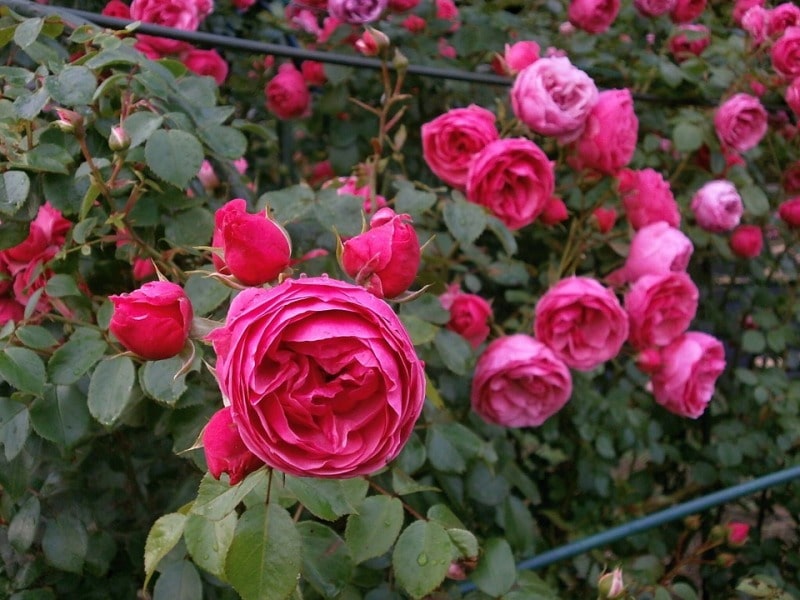
Descendants of Rosa chinensis minima, these plants range in height from three inches to 2 feet or more (some climbing). The stems, leaves, and flowers are all petite. Miniature roses come in a wide range of colors and are a repeat or continuous bloomers. ‘MiniFlora’ or ‘Patio’ roses are somewhat bigger in growth and in flower.
That’s all folks about Rose Classification and Species.

